Plant Structures Laboratory & Media Piece


Plant Structure Objective:
Learn about plant classification and structures, creating a media piece of your own work that teaches about plant classification, leaves, stems, and roots.
Background material for this lab can be found in the Plants Lecture Guide.
For quick reference, click each link:
Plant Structures Media Piece Assignment
Plant Structures
Lab this week has specimens, models, and posters organized into four topic areas: leaves, stems, roots, and plant classification/identification. For each of these four sections, you will be selecting two things you are interested in learning and making media to teach that topic to someone else. In total you will have eight topics you are teaching about plants.
You can be strategic about your topic choices if you like, selecting topics to populate some of the nine outcomes for your final portfolio. For example, you may want to make media about what plant structures look like under the microscope and slot it into your portfolio under Biology Skills (microscopy). Or you may want to press a leaf and use it to make an art piece for Environmental Biology Connections. There are many ways to successfully complete this assignment and work on the final portfolio at the same time.
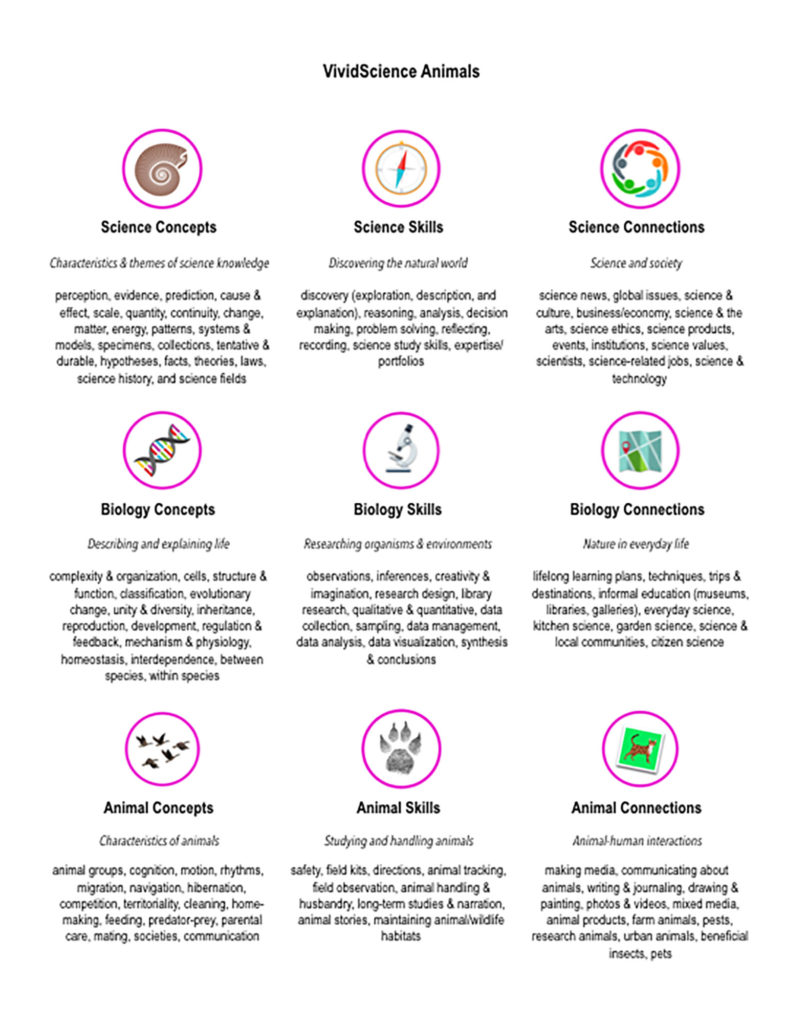
You are submitting to Canvas
A media piece that teaches about eight plant topics: two about plant leaves, two about plant stems, two about plant roots, and two about plant classification/identification.
Work Ahead
If you run across plants around campus and take photos or press a fallen leaf, your work may fit under this labs topics of leave, stems, roots, classification, as well as match learning outcomes for your final portfolio.
You are welcome to use the material on this page to develop your Plant Structures media piece. For example, you could take notes, make sketches, or stage your own plant demos.
Bryophyllum “Mother of Thousands”
This Bryophyllum plant can use both sexual (flowers) and asexual reproduction.
Planting “Living Stones”
Some desert plants utilize a form of camouflage to escape detection from potential herbivores. This video shows one of the most dramatic examples: Lithops, also called “living stones.”
This video shows how to plant Lithops “Living Stones.”
Other Succulent Plants
The Aloe genus has species that range significantly in size like this Aloe hercules.
Euphorbia, also called “spurge,” store water in stems. The leaves are modified into thorns and a toxic sap that repel potential herbivores.
Strawberries & Asexual Reproduction
Strawberry plants are often purchased as bare roots in late spring.
Select your strawberry plants carefully, they can establish for years in a garden.
Herbs

“Herb” has two meanings. The botanical meaning is a small non-woody plant. The culinary meaning is a plant that is typically used in small quantities to enhance food flavor. It could be a small amount of leaf, stem, root, or seed.
Culinary Herbs are often leaves, but can be other plant structures.
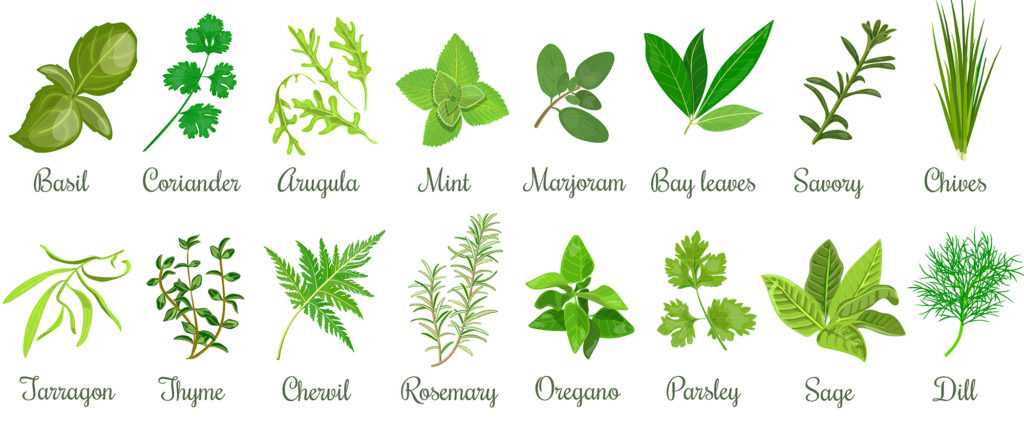
This video discusses how thyme plants use chemicals and small hair-like (trichome) mechanical structures to repel potential pests.
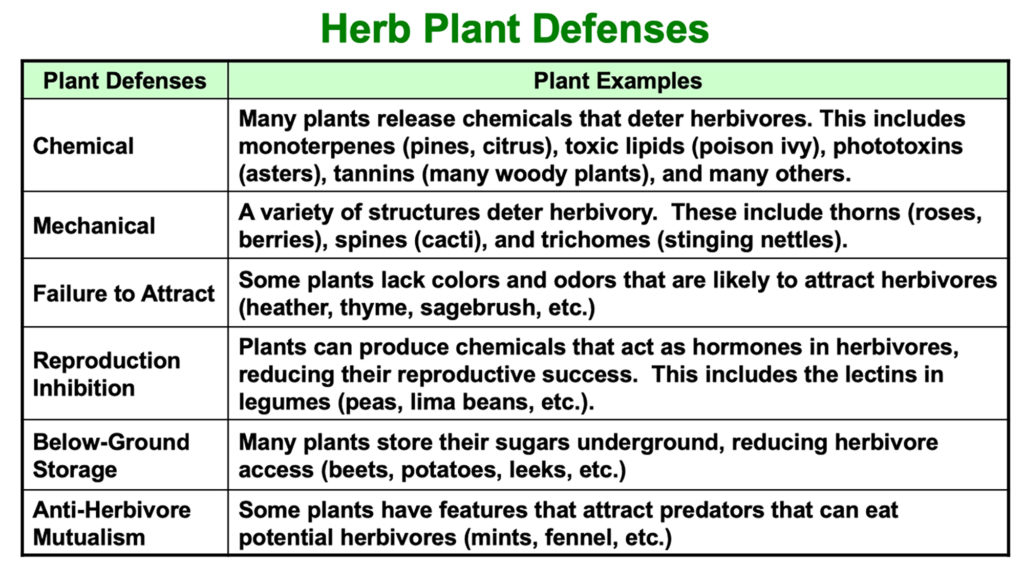
Herbs and other plants have diverse defenses against potential herbivores.
Rosemary is used as a culinary herb and what we perceive as pleasant smell and taste is a repellant to many insect species.
Pressing Leaves
This video demonstrates that you do not need fancy equipment to press leaves or flowers.
Leaf Identification
Leaves are commonly used to identify plants, like we used leaves to identify coniferous trees in last week’s lab.
Leaves can have distinctive shapes and arrangement on twigs (stems).
Leaf vessel patterns, also called venation, vary as can be used in identification.
Leaves of Douglas Spirea are distinctive and can be used in identification even if the shrub is out of flower or displaced from its natural habitat.
Garden Stories
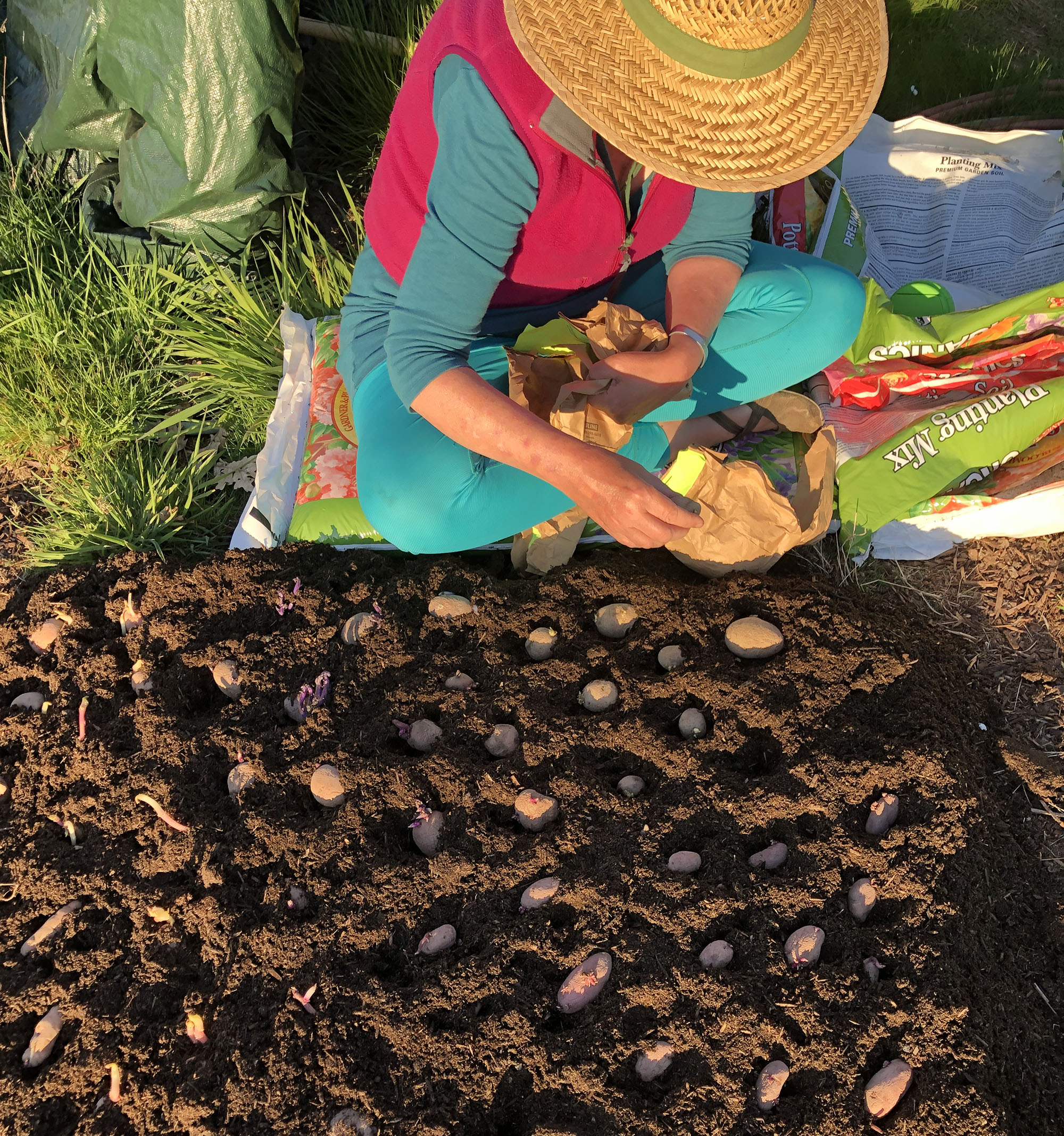
Do you have a garden or culinary story to tell that includes leaves (lettuce, spinach), stems (potatoes, celery), roots (carrots, sweet potatoes), or plan classification/identification (seed packets, garden markers)? If not but this is something you are interested in, local community gardens are a great place to visit.
We have been building a garden to shoot video demos. This is our first big garden and we have learned a lot along the way. Some of the best parts have been surprises like the number of potatoes a single plant can produce :).
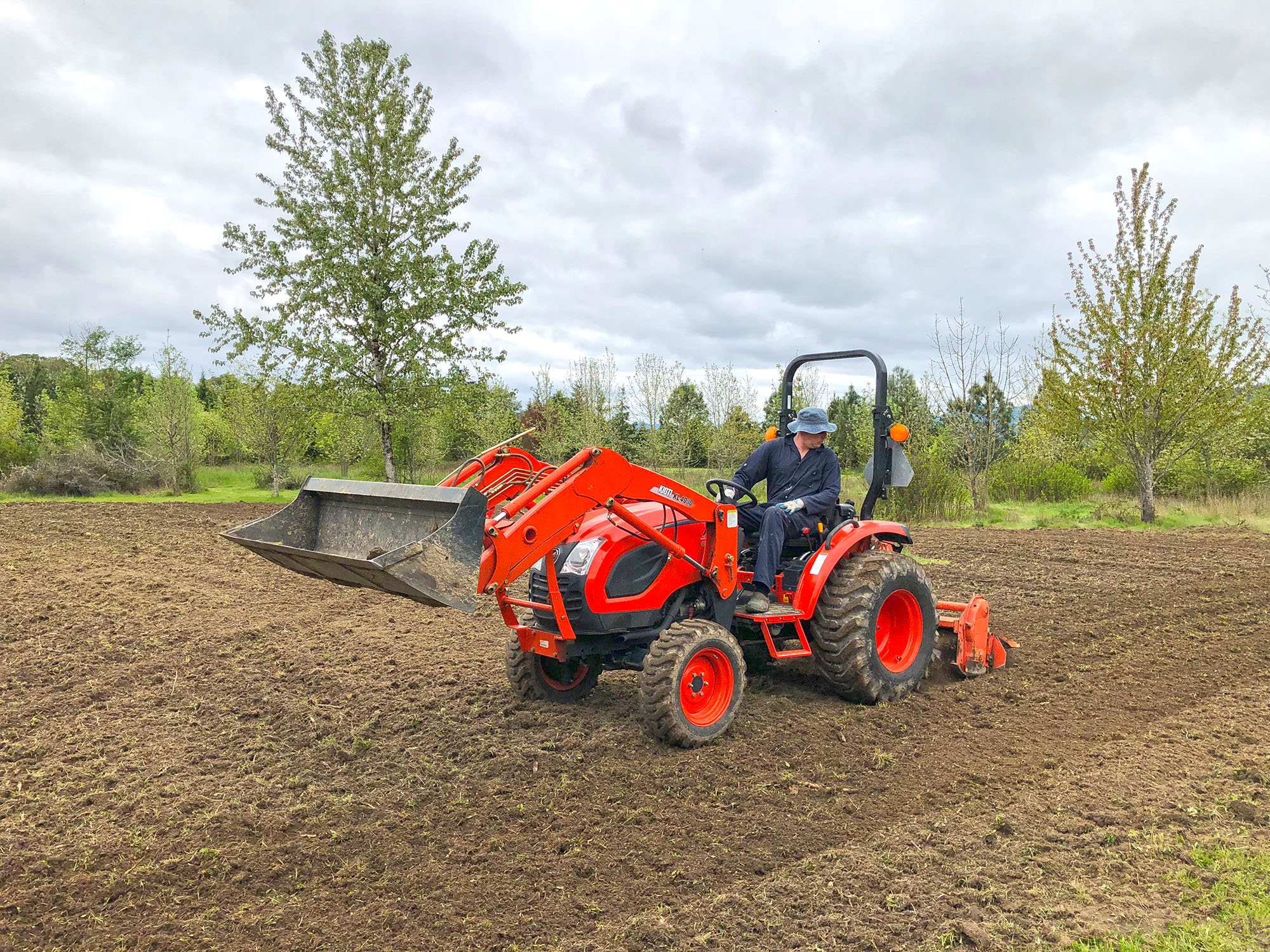
Ground Prep
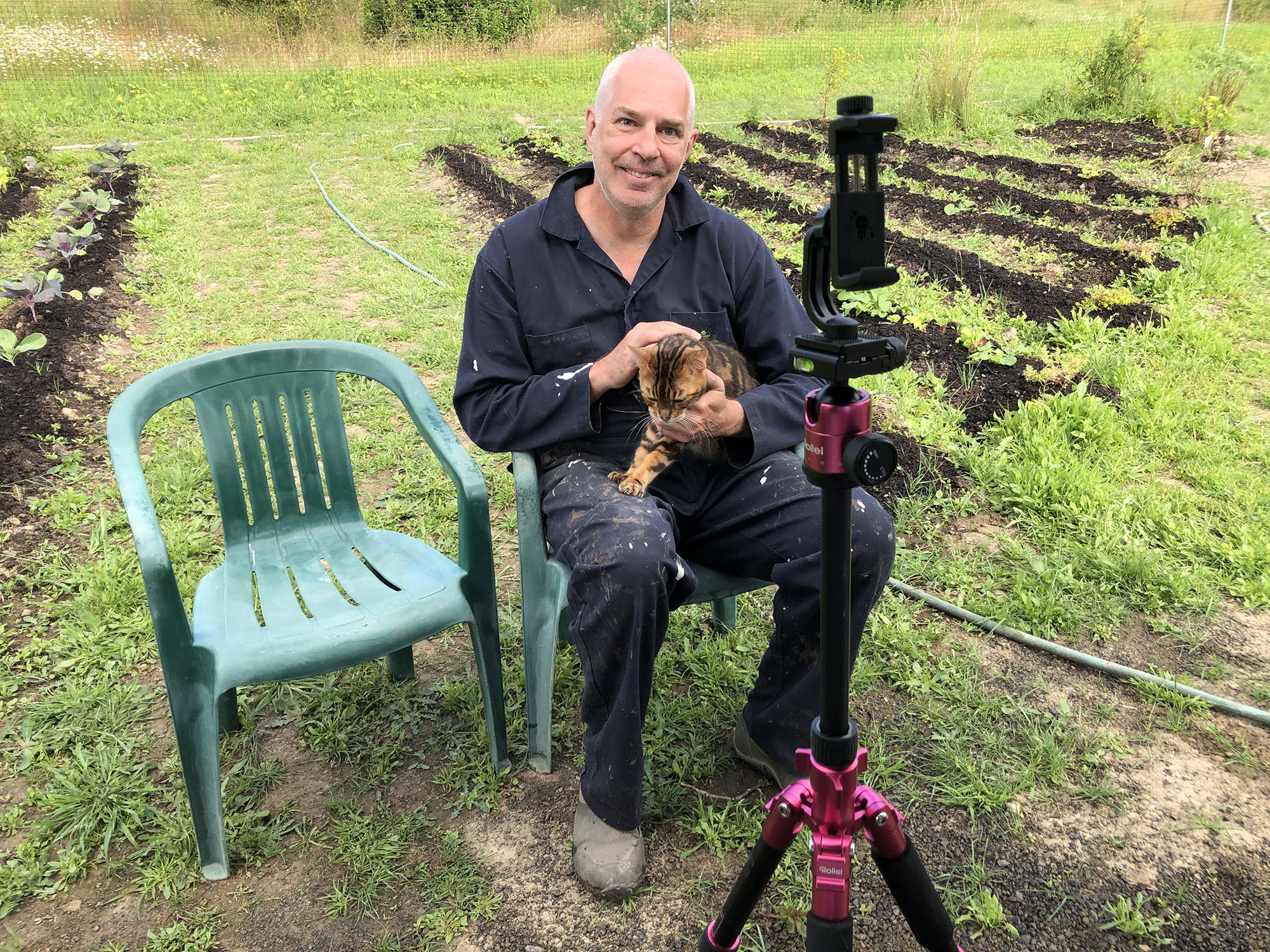
Garden Kennel
Transpiration Demo
Setting up the demonstration. We also included this in the flowers lab.
Here are the results.

